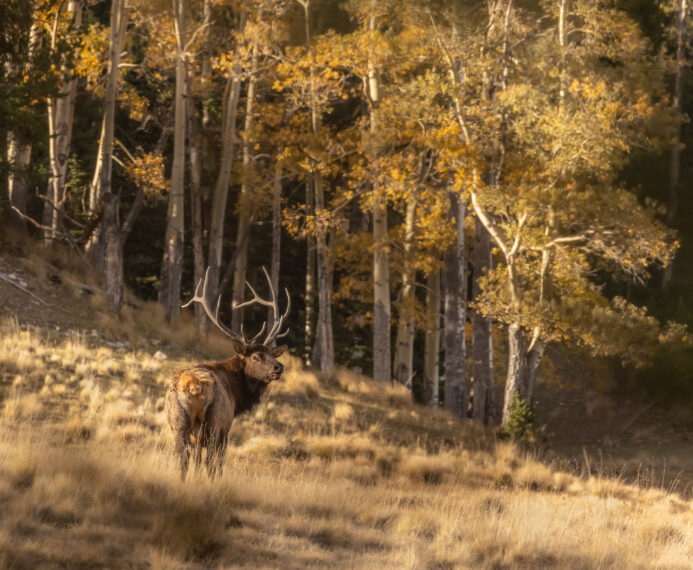 As summer turned to fall, we started to plan our fall trips. A major event of fall is the leaves turning colors (think New England fall colors), which for wildlife photographers like us is not that interesting. But then we saw the workshop “Elk and Aspen” our antenna’s perked up. Fall is also the time when the elk are in rut and their thoughts turn to romance, making it possible to draw them close with some bugling. The workshop was going to be on Ted Turner’s Ranch in northern New Mexico. At 591 thousand acres (923 sq miles, it made it possible to quarantine in place on the property with plenty of space to physically distance and spend time outdoors.
As summer turned to fall, we started to plan our fall trips. A major event of fall is the leaves turning colors (think New England fall colors), which for wildlife photographers like us is not that interesting. But then we saw the workshop “Elk and Aspen” our antenna’s perked up. Fall is also the time when the elk are in rut and their thoughts turn to romance, making it possible to draw them close with some bugling. The workshop was going to be on Ted Turner’s Ranch in northern New Mexico. At 591 thousand acres (923 sq miles, it made it possible to quarantine in place on the property with plenty of space to physically distance and spend time outdoors.
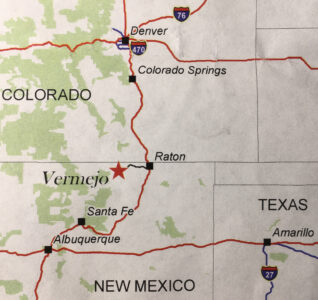
We checked the current science (we continue to learn more about COVID every day), our 4 key risk reduction points still applied (wear masks, physical distance, spent time outdoors, and wash your hands) and were all doable on our trip. We were encouraged by the lack of news around COVID cases on planes (in fact Delta claims the incidence of COVID among their work force is less than the general population. While certainly not definite, it is a positive data point). So we grabbed our mask and hand sanitizer and off we went. (In hindsight not sure why we took hand sanitizer, it seems it was available everywhere and we got so many hard wipes given to us I think we came back with more than we left with).
Since our lodge was at 10 thousand feet and we didn’t think it was a good idea to go from sea level to that altitude in one day, we decided to spend some time in southern Colorado prairie (elevation 5,000 feet) looking for burrowing owls. We found them, thanks to the prairie dog colonies (burrowing owls do not dig their own burrows but use abandoned burrows of other animals like the prairie dogs) and eBird. Problem was they were not very accommodating and stayed away from u. We still got some decent shots, and most importantly got acclimated to a higher elevation.
.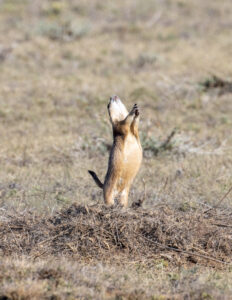
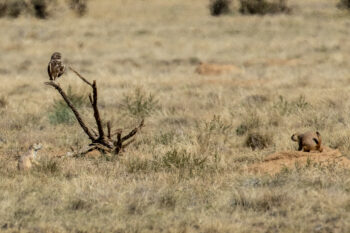
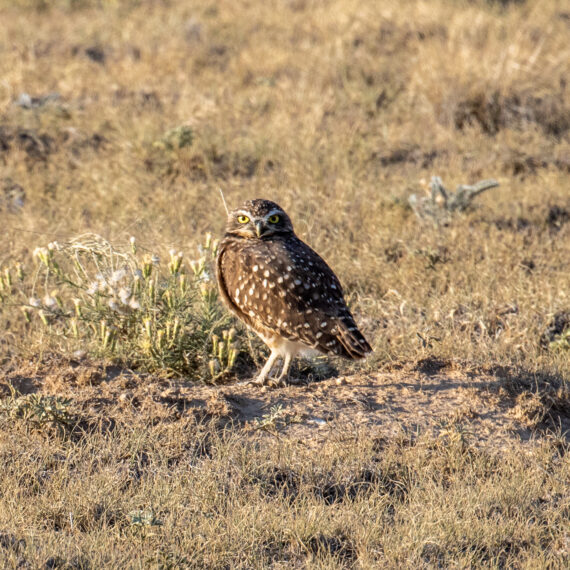
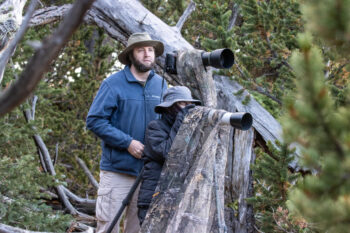
Then it was off to chase elk. It was a real challenge because unlike our national parks, this was private land and the elk are hunted on the property (in fact the rifle hunting season for elk started the day after we left). That made them very skittish, and we had to stay very still and quiet, and camouflage ourselves. Even then they were hard to bring into photographic range. So we had to use some attractant.
The male elk bulge to locate one another, to express dominance and to gather their harem. We had two excellent hunting guides who knew elk behavior and could mimimic their calls, hopefully bringing them close to us.
We had some success
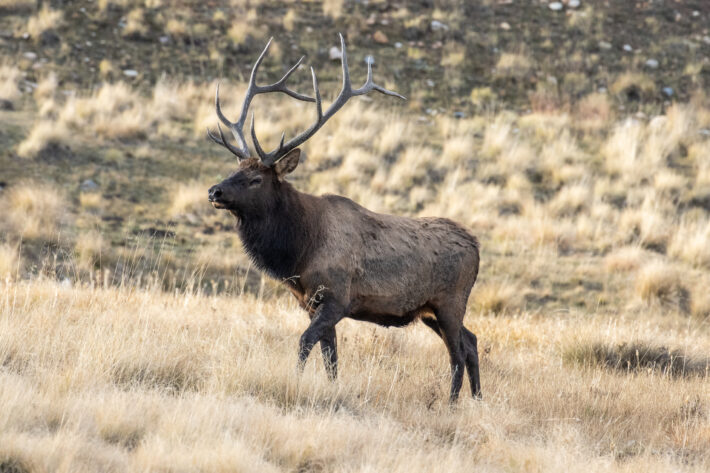
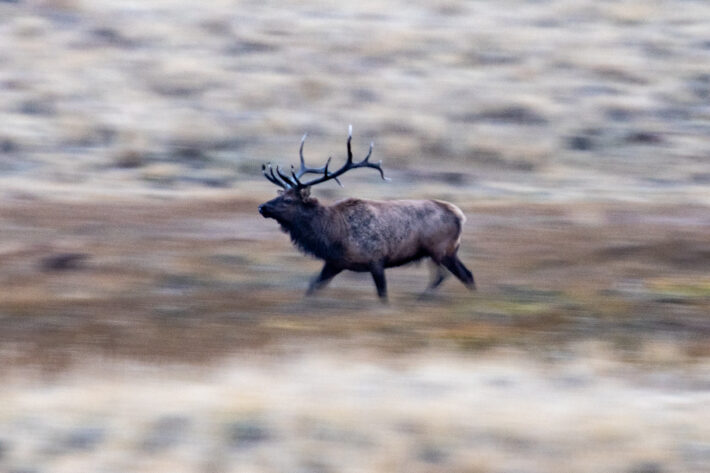
But a lot of the time they were very far away
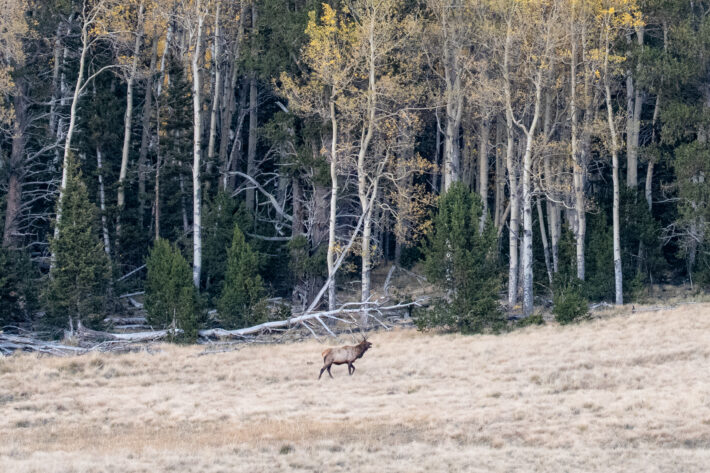
As mentioned the Elk would bugle to call their harem together. We saw harems in excess of 30 females.
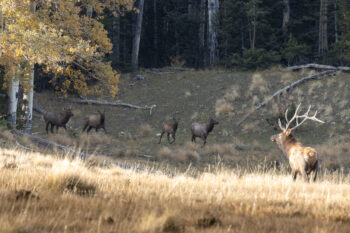
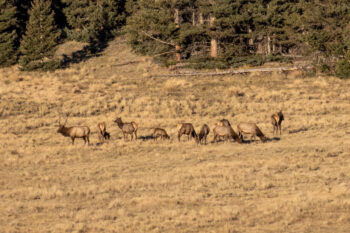
The other large mammal on the ranch was the bison (not buffalo which are their Eastern Hemisphere cousins. Buffalo Bill should have been called ‘Bison Bill’). With 591 thousand acres of land, the ranch had plenty of room for them. While massive you could get fairly close to them (as long as you stayed in your car). 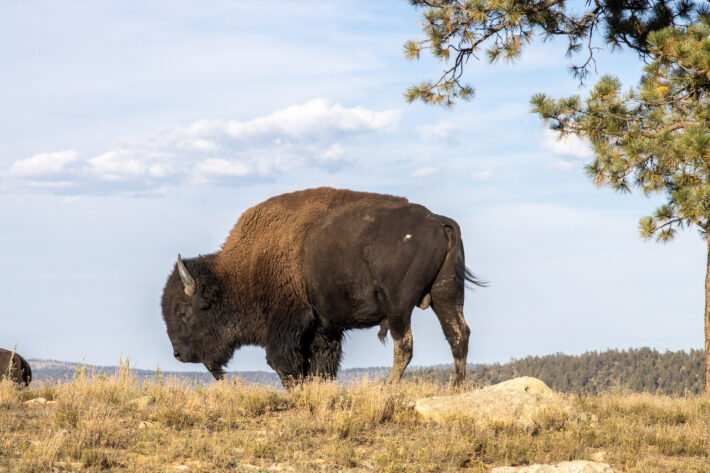
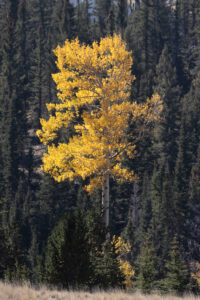
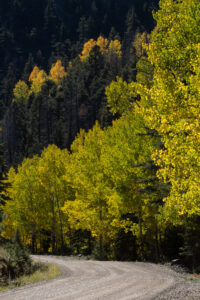
The second part of our workshop title was ‘Aspens’. In the Fall the aspen turn bright yellow. But like the New England fall colors, timing is everything and we were a week or so early to experience the full explosion of color. But we did see some nice patches
We were lucky as some of the calves were still around with their mothers:
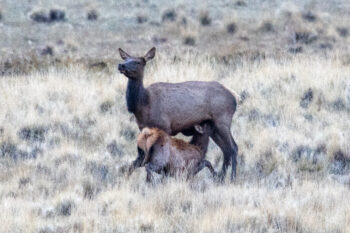
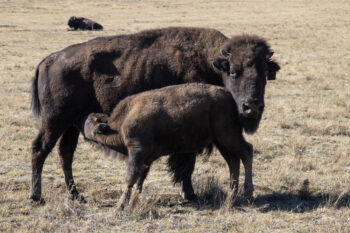
But to capture wildlife’s movement, you need some video: